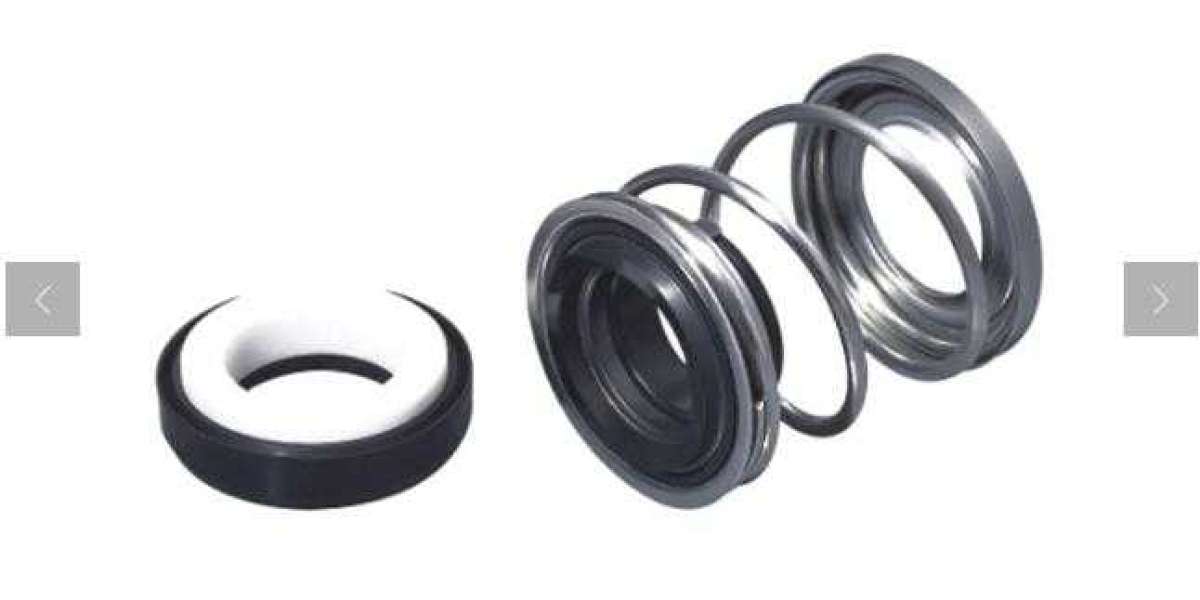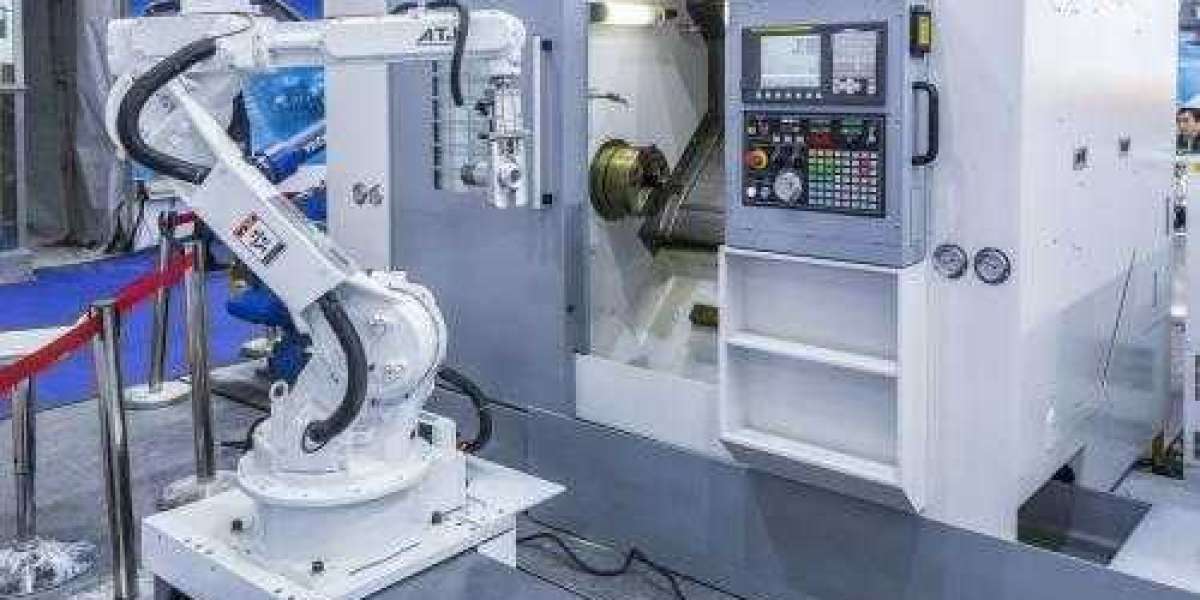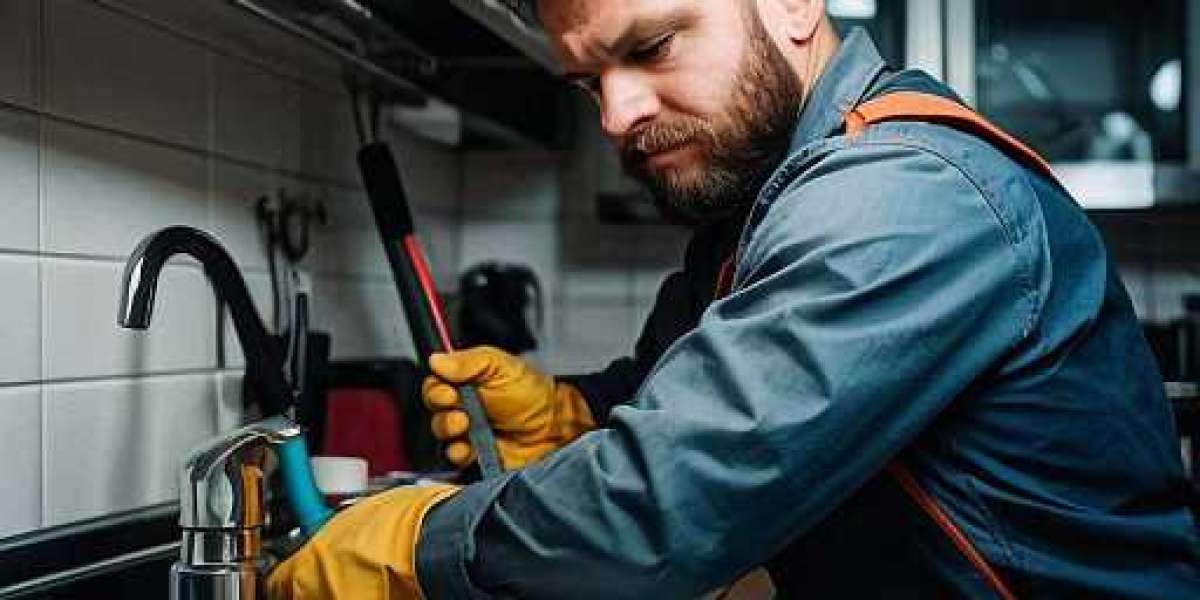Proper maintenance and troubleshooting of Rubber Bellow Mechanical Seals are essential to ensure their long-term performance and reliability. While these seals are designed to be durable and resilient, regular maintenance and timely troubleshooting can prevent potential issues and extend their service life.
One of the key aspects of maintaining rubber bellow mechanical seals is regular inspection. Operators should routinely check the seals for signs of wear and tear, such as cracks, hardening, or deformation of the rubber bellow. Inspecting the dynamic and static sealing faces for scratches, chips, or excessive wear is also crucial, as these can compromise the seal's effectiveness. Regular inspections help identify issues early, allowing for prompt corrective action.
Lubrication is another important maintenance task. Proper lubrication of the sealing faces reduces friction and wear, enhancing the seal's performance and longevity. Operators should ensure that the lubricant used is compatible with the seal materials and the fluid being handled. Over-lubrication or using the wrong type of lubricant can cause more harm than good, so following the manufacturer's recommendations is vital.
Cleaning is also essential to maintain the seal's functionality. Dirt, debris, and chemical residues can accumulate on the seal components, leading to abrasion and corrosion. Regular cleaning with appropriate solvents helps keep the sealing faces and rubber bellow in good condition. It's important to use cleaning agents that do not damage the seal materials or affect their performance.
Troubleshooting rubber bellow mechanical seals involves identifying and addressing common issues that can arise during operation. One frequent problem is leakage, which can be caused by several factors, including misalignment, excessive wear of the sealing faces, or damage to the rubber bellow. In case of leakage, checking the alignment of the seal and the condition of the sealing faces and bellow is the first step. Replacing worn or damaged components often resolves the issue.
Another common issue is vibration, which can lead to premature seal failure. Vibration can be caused by imbalance in the rotating equipment, loose fittings, or external factors. Ensuring that the equipment is properly balanced and securely mounted can help reduce vibration. Additionally, checking for and eliminating sources of external vibration can prolong the seal's service life.
Overheating is another issue that can affect rubber bellow mechanical seals. Excessive heat can cause the rubber bellow to harden and lose its flexibility, leading to cracks and failure. Ensuring adequate cooling and proper ventilation around the seal can prevent overheating. Monitoring the operating temperature and making necessary adjustments can help maintain the seal's performance.
In conclusion, regular maintenance and effective troubleshooting are key to ensuring the reliable operation of rubber bellow mechanical seals. By performing routine inspections, proper lubrication, and cleaning, operators can prevent common issues and extend the service life of these seals. Addressing problems like leakage, vibration, and overheating promptly ensures that the seals continue to provide effective and reliable sealing solutions in various industrial applications.








